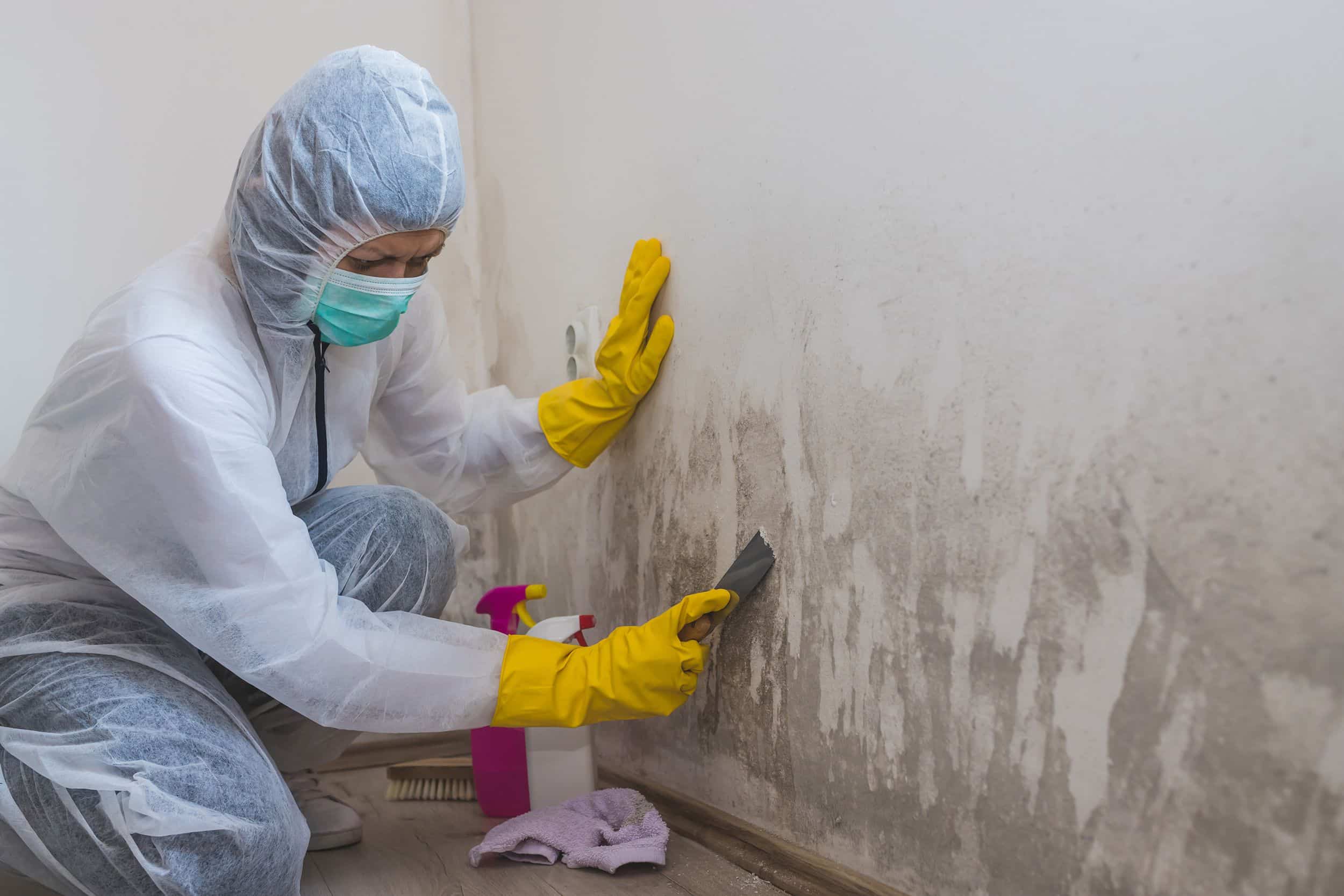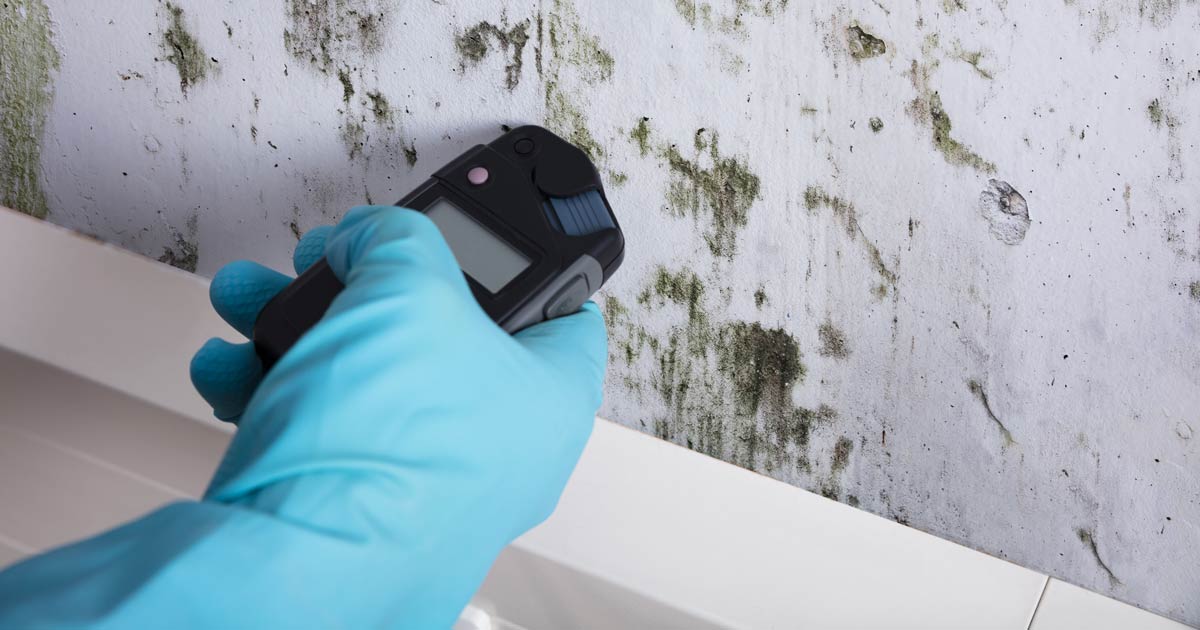Comprehensive Post Mold Remediation Procedures
Comprehensive Post Mold Remediation Procedures
Blog Article
Expert Tips for Message Mold Removal Success
In the realm of mold and mildew remediation, effectively eradicating mold is only half the battle; the true obstacle exists in stopping its reappearance. By adhering to experienced tips and best techniques, individuals can safeguard their rooms versus mold revival and preserve a healthy interior environment.
Monitor Moisture Degrees Frequently
After completing mold and mildew removal procedures, maintaining optimal humidity levels is important to avoid mold re-growth and guarantee a healthy and balanced interior environment. High moisture levels above 60% produce a conducive environment for mold and mildew to thrive, making routine monitoring a proactive measure to protect against any type of future mold and mildew issues.
Making use of hygrometers or moisture meters can assist in precisely gauging humidity levels in various areas of the residential or commercial property. These tools supply real-time data that allows remediation experts to make educated choices regarding air flow, dehumidification, and various other needed activities to preserve excellent moisture levels post-remediation. Additionally, developing a routine schedule for humidity checks, specifically in risky areas such as cooking areas, basements, and bathrooms, is an aggressive technique to mold prevention. By continually checking humidity degrees, homeowner can properly minimize the risk of mold and mildew reoccurrence and preserve a healthy interior environment post-remediation.
Conduct Thorough Inspections Post-Remediation
Complying with the completion of mold removal procedures, it is necessary to carry out comprehensive assessments to verify the performance of the remediation process. These post-remediation examinations are vital in ensuring that the mold problem has been effectively resolved and that there is no reoccurrence or continuing to be mold development. Inspections need to be performed by qualified professionals who have experience in recognizing mold and mildew and assessing interior air high quality.
Throughout these assessments, numerous methods such as aesthetic assessments, air sampling, and surface sampling might be employed to thoroughly assess the remediated locations. Aesthetic assessments involve a comprehensive assessment of the properties to examine for any type of visible indications of mold development or water damage. Air sampling assists in identifying the air-borne mold and mildew spore degrees, while surface area tasting can spot mold bits on surfaces.
Implement Proper Ventilation Methods
After making certain the effectiveness of the mold remediation process through extensive inspections, the next critical action is to concentrate on executing proper ventilation strategies. Adequate air flow is crucial in protecting against mold and mildew reoccurrence by regulating wetness levels and promoting air flow. To achieve this, it is advised to make use of exhaust followers in areas prone to high moisture, such as kitchen areas and restrooms. Additionally, opening doors and windows when weather allows can assist improve air movement and decrease moisture build-up. Air purifiers and dehumidifiers are likewise useful tools in keeping optimal interior air top quality.
Proper air flow not just help in stopping mold and mildew growth however additionally contributes to the total health and convenience of residents. By guaranteeing sufficient air flow throughout the residential or commercial property, you can minimize the threat of mold regrowth and create a healthier living environment. Routine upkeep of air flow systems, including cleaning and filter replacements, is critical to sustaining efficient air flow. Consulting with cooling and heating professionals can give further insights into maximizing air flow strategies for your particular residential or commercial property demands.

Usage Mold-Resistant Products for Services
To boost the lasting efficiency of mold removal efforts, including mold-resistant products for repair work is critical in minimizing the threat of future mold growth. Mold-resistant materials are created to endure dampness and prevent mold and mildew growth, making them a necessary selection for locations susceptible to moisture and humidity. When repairing areas affected by mold, making use of materials such as mold-resistant drywall, mold-resistant paints, remove mold without bleach and mold-resistant caulking can help stop mold and mildew reappearance.
Mold-resistant drywall is an outstanding option to typical drywall in locations like restrooms and basements where moisture degrees are higher. This type of drywall has a special finishing that resists mold growth even when exposed to damp conditions. Furthermore, utilizing mold-resistant paints containing antimicrobial representatives can further hinder mold development on ceilings and wall surfaces.
In areas where wetness is common, such as bathroom and kitchens, using mold-resistant caulking around home windows, tubs, and sinks can aid secure out water and protect against mold and mildew from holding in fractures and crevices. By purchasing these mold-resistant materials throughout repair work post-remediation, you can considerably lower the chance of future mold issues and preserve a much healthier interior environment.
Maintain Sanitation and Address Water Issues
Ensuring cleanliness and quickly dealing with water issues are basic methods to maintain in securing indoor rooms from mold reinfestation. After mold removal, it is content critical to preserve a clean atmosphere to stop the regrowth of mold and mildew (Post Mold Remediation). Normal cleansing, dusting, and vacuuming can assist remove any remaining mold and mildew spores and prevent them from settling and multiplying. In addition, keeping indoor spaces dry and resolving any water issues immediately is vital in mold and mildew prevention. Leakages, water intrusion, or high moisture degrees can create the excellent breeding place for mold, so it is essential to repair any water-related issues quickly.
To maintain sanitation, take into consideration making use of HEPA filters in vacuums and air cleansers to catch mold and mildew spores and prevent their blood circulation airborne. Making sure correct air flow in locations vulnerable to moisture build-up, such as kitchen areas and bathrooms, can assist maintain humidity degrees in check. By remaining cautious about cleanliness and dealing with water issues promptly, you can effectively protect against mold and mildew reinfestation and keep a healthy indoor setting.
Verdict

In the realm of mold removal, effectively getting rid of mold is just half the fight; the real challenge lies in avoiding its reappearance. After finishing mold removal treatments, maintaining ideal moisture levels is vital to avoid mold re-growth and guarantee a healthy indoor atmosphere. High humidity degrees over 60% develop a helpful environment for mold and mildew to grow, making normal monitoring a proactive action to prevent any type of future mold and mildew issues.
To improve the long-term efficiency of mold removal initiatives, incorporating mold-resistant products for repairs is vital in minimizing the threat of future mold and mildew growth. After mold remediation, it is crucial to keep a tidy environment to prevent the regrowth of mold and mildew.
Report this page